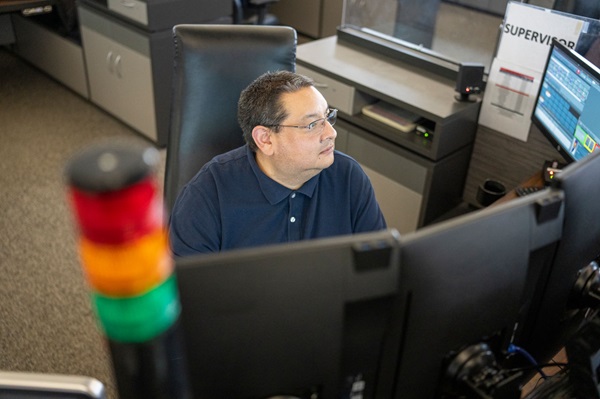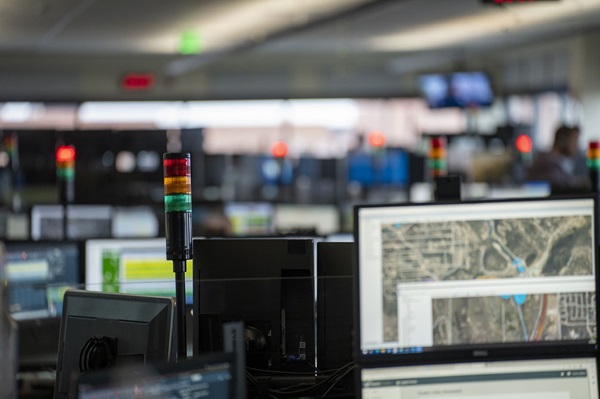 Modern tools and technology are now available to support precision policing efforts like directed patrolling, enabling law enforcement agencies to improve measurement and reporting of public safety outcomes to communities and public leaders.
Modern tools and technology are now available to support precision policing efforts like directed patrolling, enabling law enforcement agencies to improve measurement and reporting of public safety outcomes to communities and public leaders.
Consider these five ways to utilize the latest advances in technology to enhance your directed patrolling:
1. Automatically Track Directed Patrol Completion
Asking police officers to shift their focus away from their patrol area to check in or out during directed patrolling is a distraction that takes their attention away from the community and citizens being served. When an officer needs to communicate patrol location status, whether that’s manually entering the activity, advising dispatch on directed patrol completion, clearing the assignment as a Computer Aided Dispatch (CAD) event, or other methods, the officer’s attention is pulled away from the patrolled area and time is lost in the process.
Location-based patrol status information can be automatically tracked and reported, allowing agencies to better focus on their patrol areas. Using location-based data for radios, body-worn cameras, or other devices, patrols can be logged automatically – without any additional hands, resources, or work from officers needed.
2. Visualize Real-Time Patrol & Incident Mapping Together
Disparate systems can limit agencies’ abilities to automatically track and log directed patrols from beginning to end. With directed patrolling tracked in one application, but not accessible in another, it’s difficult for supervisors to get a comprehensive picture of patrol coverage at any given time during a shift.
Real-time mapping of location-based data provides an agency more comprehensive insight and context of directed patrol with map-based insights such as traffic and weather. Real-time mapping also allows agencies to see critical events like 9-1-1 calls and Computer-Aided Dispatch (CAD) events alongside directed patrol efforts, giving law enforcement leadership a more complete picture of both patrol coverage and real-time response.
 3. Monitor Patrol Coverage During Large Community Events
3. Monitor Patrol Coverage During Large Community Events
Large-scale events can be especially challenging to patrol for public safety. Community events represent special instances that require uniquely defined patrol areas outside of day-to-day policing operations. Events also require an additional amount of manpower and resources in order to ensure safety during event activities.
Map-based intelligence and officer location tracking together is a powerful combination to ensure citizen safety during large events. Agencies can provide more efficient real-time support by monitoring officer location and directed patrols throughout the event, even providing additional critical intelligence by leveraging nearby cameras. Areas with the highest risk can be highlighted and monitored by presetting geolocation perimeters and time-based alerts to ensure additional patrol coverage.
4. More Precisely Analyze Directed Patrol Efficiency
Agencies can analyze directed patrolling for efficiency and effectiveness by tracking patrol coverage alongside other map-based information in order to inform future priorities. Tracking directed patrolling enables agencies to assess whether directed patrol activities are effectively reducing criminal activity in identified hot spots. Directed patrol tracking provides agencies historical data to make data-driven assessments and adjustments to improve future outcomes.
For example, agencies can analyze how directed patrolling impacts the number of critical incidents in specific geographic areas over time. By tracking patrol duration, initiation and completion, agencies can assess whether patrol duration is impacted by location, day of the week, or other factors and adjust patrols to help increase completion rates.
5. Report Patrol Coverage to Community Stakeholders
Today, communities are demanding additional transparency and accountability from law enforcement. Tracking directed patrols provides agencies the ability to report to community stakeholders what areas were patrolled at what time(s), duration, and the number of patrols over a set period of time. With this information, agencies can engage with their respective communities and continue to develop and strengthen their existing relationship.




